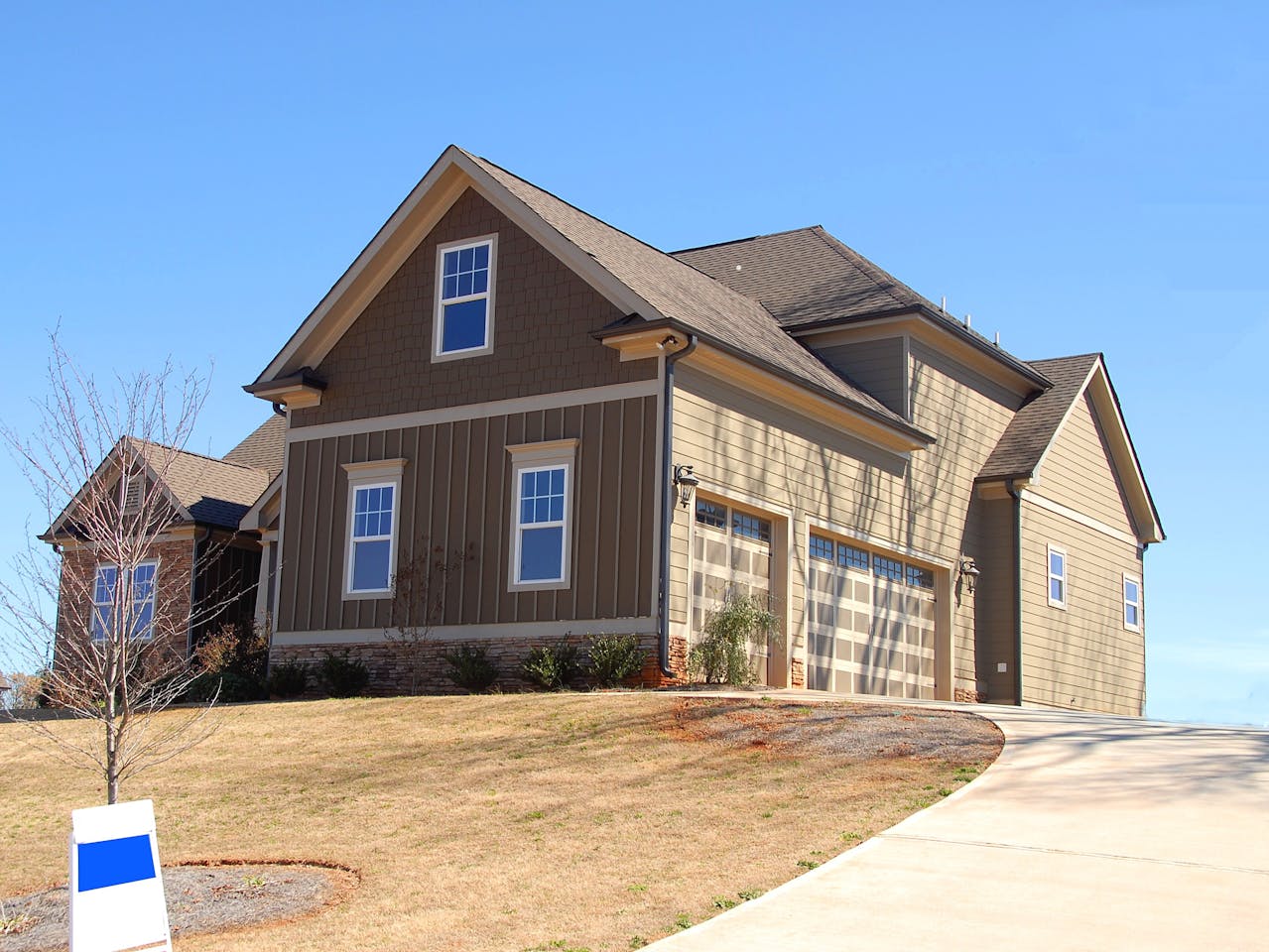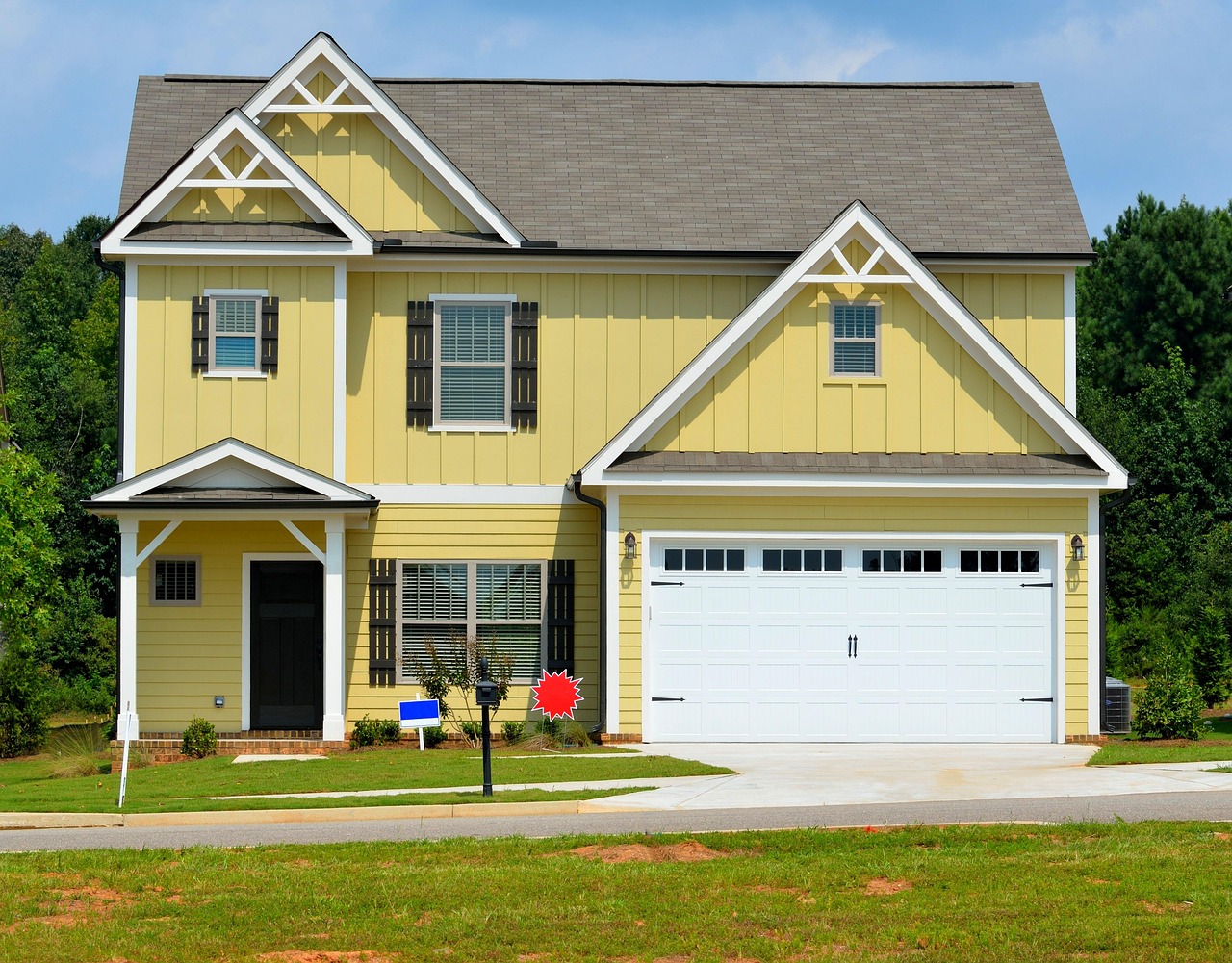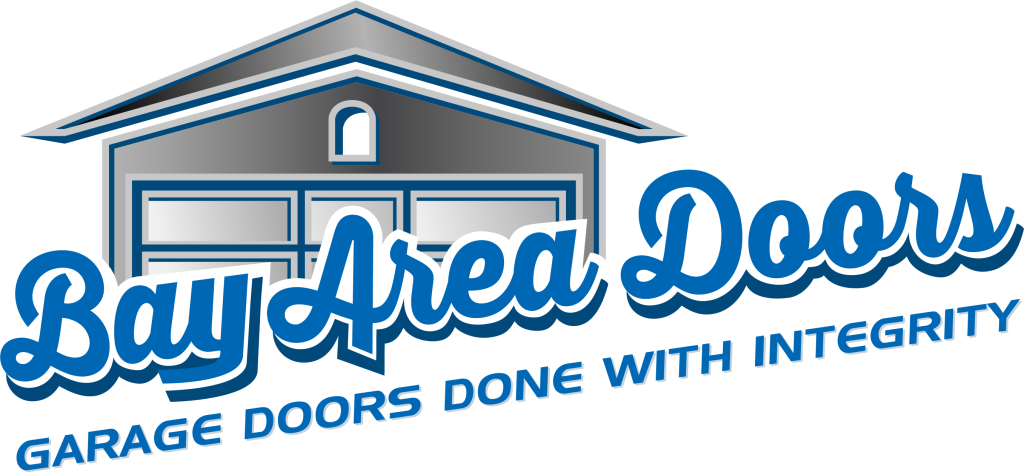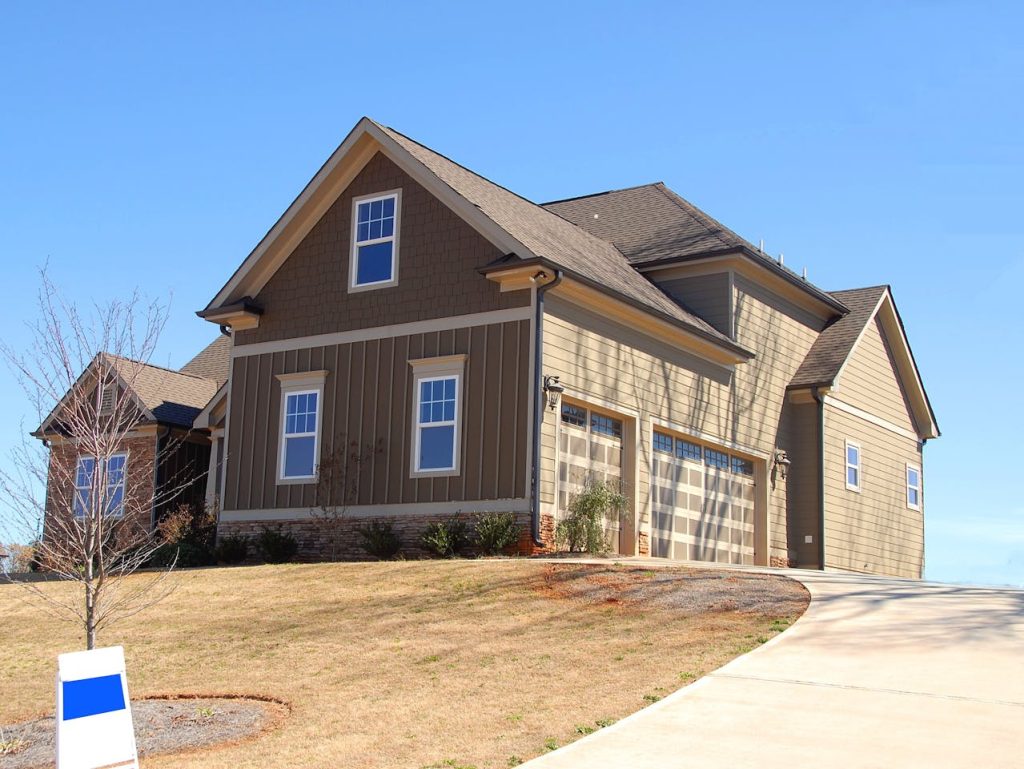If you try to open a garage door with a broken spring, the door often feels much heavier and may not move at all. Broken spring equals no counterbalance, so your opener or your biceps have to lift the entire load. These places added stress on both you and the opener, which can lead to other components breaking or wearing out. Springs assist the door in lifting and lowering, so when they break, everything just doesn’t function properly. You could hear banging, you could see the door slant, or cables become unfastened. Here, you receive no-nonsense information on what occurs, allowing you to identify dangers and take wise action before they escalate.
Key Takeaways
- It’s unsafe to try to open a garage door with a broken spring because the door is incredibly heavy and can potentially injure a person or damage property.
- An automatic opener puts additional strain on the motor with a broken spring — potentially causing expensive repairs or complete opener failure.
- Indications of a broken spring are loud bangs, gaps in the spring, loose cables, and a crooked door. Periodic inspections keep these at bay!
- Attempting to manually open the door could cause bent tracks, damaged roller, or premature cable attrition — an avalanche of repairs.
- If you have to open the door by hand in an emergency, shut off the power, get assistance, and strap it shut.
- For your safety and your garage door’s long-term reliability, call a pro for repairs — they have the expertise and the specialized tools to deal with high-tension springs.

The Spring’s Crucial Role
Garage door springs play a crucial role in the safe operation of your garage door system, bearing most of the load—sometimes hundreds of pounds—allowing you to raise or lower the door with minimal effort. If you attempt to open the door with a broken torsion spring, you increase stress on all components, potentially leading to serious injury or damage.
Counterbalance System
Springs are the centerpiece of the counterbalance system. This arrangement allows you to open even a heavy door with a single hand, because the springs accumulate energy when the door goes downward and discharge it to assist in lifting the door back up. If a spring snaps, then the system cannot operate as intended. The entire weight of the door—which can be more than 100 kilos—abruptly falls on you, or your opener. That can bend tracks, burn out the motor,r,s, or slam the door down if you lose your hold.
Understanding how the counterweight mechanism operates enables you to detect issues promptly. If you notice the door seems crooked or doesn’t move as smoothly as previously, that’s an indication the springs could be malfunctioning.
Torsion VS. Extension
Feature | Torsion Springs | Extension Springs |
Location | Mounted above the door | Alongside the horizontal tracks |
Use | Heavy, wide doors | Lighter, single-panel doors |
Function | Twists to store energy | Stretches to store energy |
Safety | More controlled movement | Prone to a sudden snap |
Torsion springs manage heavier doors and provide more consistent movement. Extension springs extend on both sides and operate smaller doors. Choosing the incorrect kind can abbreviate the lifespan of your door or render it unsafe.
Spring, as it’s key to select the correct one for your door’s weight and design, since an incorrect fit will cause premature wear or unsafe movement.
The Unseen Workhorse
Most people don’t even see the springs until they snap. These components are under enormous tension, prepared to counterbalance the door’s mass at any time. Without it, doors are uncontrollable and hazardous.
A spring that squeaks, reveals rust, or appears elongated could be on the verge of snapping. Routine inspections keep you vigilant for these signs. It’s savvy to swap springs pre-breakage, not post.
Neglecting spring care brings sudden breakdowns and safety risks.
Maintenance Matters
Check springs twice a year.
Look for rust or gaps.
Lubricate moving parts.
Replace worn springs soon.
What Happens When You Try?
Attempting to open a garage door with a broken torsion spring is dangerous and can lead to serious injury to you and your belongings. Understanding the critical garage door parts and their functions guides your choices and steers you away from expensive errors.
1. Extreme Weight
A broken torsion spring equates to your garage door being significantly heavier than normal. Garage door springs do the heavy lifting, counterbalancing the weight so you can raise the door with minimal effort. Without a functioning spring system, lifting the door manually requires significant effort and can put a strain on your back or arms. The door could slip and fall fast – posing a danger to anyone around. Even if you do lift it, the added weight can ruin hinges or cables connected to the garage door system itself.
2. Opener Strain
If you have an automatic garage door opener, the increased weight of a broken torsion spring puts additional strain on the motor. The opener can stall or groan, and it might only raise the door a few centimeters before stalling. Forcing it can burn out the motor or break the gears inside, resulting in a costly professional garage door repair or replacement. If it opens, the door could slam shut if the opener fails or the other spring releases.
3. Door Misalignment
When a spring is broken, the garage door can become crooked as you attempt to move it. This misalignment causes the door to rub against the tracks, wearing them down faster. Eventually, the door doesn’t completely shut, leaving an opening that compromises security and invites the elements or critters. When the tracks get damaged, the door can stick or jam, causing it to be more difficult to open or close.
A misaligned door stresses all moving parts more, causing them to fail again. Unchecked, this issue could translate to swapping more than the spring.
4. Panel Damage
For example, those panels get bent and dented when you try to push or pull up on a heavy door with a broken spring. Most doors are constructed with light-gauge metal or composites that can fracture or distort under stress. Even a single broken panel can influence how your door operates and seals. Replacing panels is more expensive than repairing a spring alone, and neglecting the issue can cause a complete door failure earlier.
Such damage mars the door’s appearance and compromises its integrity.
5. Sudden Failure
A broken spring causes the danger of sudden door loss to be much greater. That door can drop without warning if the opener malfunctions or if you slip while raising it. That can injure people or break whatever is in the door’s path, like a car or bike. The danger is a lot bigger than you may think.
It is not worth the risks.
Identifying A Broken Spring
If you’ve got a broken garage door spring, it’s a safety hazard that can turn into bigger issues if not repaired promptly. Noticing the early signs helps you prevent accidents and saves you money on repairs. Your garage door’s springs do more than just raise and lower the door—they balance the entire system. Routine inspections are the best way to identify problems before they can fester.
Key indicators of a broken garage door spring:
- A loud bang from the garage area
- Visible gap, about five centimeters, in torsion springs
- The door slams shut or won’t stay open halfway
- The door only opens a few centimeters and stops
- Loose or slack cables near the door tracks
- One side of the door hangs lower or appears crooked.
The Loud Bang
There’s usually a bang when a spring breaks. This sound emanates from the abrupt expulsion of tension accumulated in the spring. It’s not simply a benign noise; this means that one of the essential components of your garage door has broken.
If you hear this bang, check your garage door immediately. That noise indicates the spring is no longer holding your door in equilibrium. Leaving it unattended can cause additional damage or even injury. Any odd noise from your garage door should be a cause for concern. Just listen for changes in sound regularly, and you can identify potential issues before they become dangerous.
Visual Gaps
Inspect your springs (above or beside your garage door) for obvious gaps. A torsion spring with a space of approximately five centimeters is broken. This gap indicates the spring is no longer capable of bearing the door’s weight.
Visual inspections are an easy way to spot early indications of a problem. If you notice a gap or the coils appear to be stretched or separated, then the spring needs to be replaced. Turn these checks into habits! Checking your springs regularly keeps your garage door system safe and humming.
Loose Cables
You may notice cables dangling loose or slack next to your garage door if a spring breaks. This occurs as the cables rely on tension from the spring to remain taut and properly positioned. If a cable appears loose, the door could fail to open or close properly, or it could become jammed.
Loose cables don’t only indicate a spring problem—they can create new problems, like causing the door to come off its tracks. Repairing cable and spring problems in tandem keeps your door system secure and seamless.
Crooked Door
A crooked garage door lets you know that there is something wrong with the springs. If your door slants lower on one side or appears unbalanced, one spring could be broken, and the other will be fine.
A crooked door can cause the tracks and rollers to wear out quickly. If you spot this, get it checked immediately to prevent more expensive repairs. Don’t ever use a crooked or unbalanced door.

The Cascade Of Damage
A broken garage door spring is more than just an inconvenience; it often leads to serious issues within the entire garage door system. Attempting to open the door with a broken torsion spring can activate a cascade of damage, resulting in costly repairs and complications that extend beyond just the spring.
- The door may fall unexpectedly, risking injury or property damage
- Tracks can bend under the sudden weight
- Rollers and cables wear out faster than usual
- Motor works harder, risks overheating
- Door panels may dent or crack
- The door moves unevenly, causing further alignment issues
- Extended downtime and higher repair bills
Bent Tracks
Bent tracks are the usual consequence of a broken spring. The garage door, now significantly heavier without the spring’s assistance, exerts excess strain on the tracks.
Over time, this force can twist the tracks, causing them to bend out of shape. Bent tracks cause the door to not open smoothly. You may hear scraping or notice the door jam halfway. Once tracks are bent, easy solutions usually don’t do the trick. You might need realignment or a full replacement, contributing to repair expenses.
Damaged Rollers
When a spring breaks, rollers absorb additional strain they’re not designed for.
If the rollers wear out, your door might not slide properly. The motion becomes jerky or stalls, endangering your door to additional damage. Repairing damaged rollers is not necessarily easy or inexpensive. When roller issues are left unchecked, they can cascade to hinges and brackets. That’s why it pays to check rollers as part of your maintenance, particularly following a spring issue.
Worn Cables
A broken spring can rapidly cause worn or frayed cables. The cables bear heavier loads, creaking each time you attempt to open the door.
If the cables fray, you’re dealing with more than sluggish performance – frayed cables can snap, sending the door plummeting. Changing cables while you’re doing a spring tune-up is savvy. It reduces hazards and keeps the door level.
Motor Burnout
A broken spring makes the opener’s motor lift more weight than it needs to.
This additional burden is a sparkplug-roasting, cylinder-burning load, and it can fry the engine quickly. A replacement motor is a lot more expensive than a repaired spring. Prevent spring problems early and assist in opener longevity.
Emergency Manual Operation
Manually operating a garage door with a broken torsion spring is unsafe. Garage door springs play a critical role in counterbalancing the door’s weight; without them, the garage door system becomes significantly heavier and difficult to manage. One misstep could result in serious injury or damage to the door.
- Assess the risk: Check the situation, look for hazards, and decide if manual lifting is safe.
- Disconnect power: Unplug or shut off power to the opener to stop any automatic movement.
- Get assistance: Have someone help you. It’s safer with two, one on each side.
- Lift evenly: Both people should lift from the center and keep the door balanced.
- Secure the door: After you open it, prop it with a heavy object, ladder, or clamps.
Assess The Risk
Before you begin, consider the dangers associated with garage door spring breaks. Garage doors with broken springs are heavy—most weigh 100kg or more. If you underestimate the weight or if the door slides, serious injury could occur. Search for torn cables, bent tracks, or unfastened rollers, as these can exacerbate issues. Attempt to remove anything that would obstruct the space. If it seems dangerous, leave it to the qualified garage door technician. Knowing how your garage door system operates helps, as certain doors have torsion springs above, while others feature extension springs at the sides. If the emergency release doesn’t work, a broken spring or cable could be to blame. Evaluate the situation, and don’t panic.
Disconnect Power
Before performing any garage door spring replacement or repair, cut power to the garage door opener by unplugging it or flipping off the breaker. This crucial step eliminates the risk of accidental activation while you’re working on the door. If the opener engages while you’re lifting, it could lead to serious complications, such as dragging the door or tangling the cables. Always inform everyone at home about the unplugged opener to ensure safety, especially when dealing with broken torsion springs and an off-track door.
Get Assistance
Attempting to manually lift a heavy garage door with a broken spring can be extremely dangerous. It’s advisable to bring along another adult to assist. By having one person on each side, the burden is distributed, allowing both sides to rise simultaneously and minimizing the risk of the door sliding or falling off its tracks. This cooperation not only helps avoid injuries but also supports the door effectively. Communicating with your assistant throughout the process is crucial to ensure you’re both ready before lifting or transferring the garage door.
Lift Evenly
To raise the garage door from its central bottom edge, both of you should lift at the same rate. If one side goes faster, the garage door can twist, jam, or fall, leading to potential issues like broken torsion springs. Maintaining balance is critical, as it reduces stress on the garage door system and aids in avoiding damage.
Secure The Door
Once open, the garage door won’t hold itself up. Secure it with a sturdy object like a ladder or a metal bar. You can even use clamps on the door tracks to prevent the door from sliding down. Be careful where you put props, as a falling garage door can result in serious injury.
Why Professional Repair Is Essential
Garage door spring repair may seem like a simple DIY fix, but broken torsion springs can lead to serious injury or damage to your entire garage door system. Professional garage door repair services have the expertise and tools necessary to ensure safe operation and keep your system running smoothly.
- Technicians know how to handle springs under high tension
- The right parts are sourced for long-term reliability
- Tools and skills prevent costly mistakes
- Repairs done by pros reduce future risks
- Safety is always put first
The Danger Of Tension
Garage door springs operate under extreme tension. A single misstep can send that spring flying, and the force is strong enough to fracture a femur or worse. This isn’t about pinched fingers or small cuts. There have been life-altering injuries and deaths from DIY fails.
Most home garage doors weigh between 150 and 300 lbs. Lifting that weight with a broken spring, however, is dangerous and difficult to manage. Professional repair isn’t just the smart choice–it’s the safe choice. A technician knows how to unwind, the proper way–with specialized tools and years of training.
Correct Part Sourcing
If you get the right spring, it’s the secret. Springs are of all different sizes and strengths, and using the wrong one can snap your door or motor. Cheap or wrong parts may save money upfront, but they tend to fail quickly. This translates into more repairs and more expensive ones down the road.
Trusted suppliers and parts that meet safety codes are available to professional repair teams. They understand how to fit parts to your door, so you won’t encounter additional breakdowns shortly.
System Recalibration
Following spring replacement, your entire garage door system typically requires recalibration. If skipped or done incorrectly, your door can jerk, get stuck, or fall. Pros use special tools to balance the door and test safety sensors. This prevents the opener motor from burning out and prolongs the life of every component.
The tools for this job are not a household variety. Only experienced specialists possess the expertise and appropriate equipment to repair your door to function smoothly and securely once more.
Long-Term Safety
Routine inspections of your garage door systems help identify issues before they escalate, decreasing the likelihood of accidents. Hiring qualified garage door technicians ensures a more secure garage for all and less stress for you.
Conclusion
It’s dangerous to try to open a garage door with a broken spring. You could stress the opener, warp components, or worse–injure yourself. A spring is what does the heavy lifting, so without it, the door is much heavier to lift. That added weight can break cables or bend tracks. You might notice indicators such as bangin’ noises, wonky motion, or a garage door that’s stuck in one position. Manual lifting is effective in an emergency, but it requires caution and cooperation. Calling a pro saves your life–and saves your door from even graver damage. So for peace of mind, check your springs now and then, and call for help if you spot trouble. Be safe, save money, and keep your garage working right—call a trusted professional if you spot trouble signs.
Frequently Asked Questions
1. Can You Open Your Garage Door If The Spring Is Broken?
No, it’s not recommended. It’s nearly impossible—and hazardous—to open a garage door if the torsion spring is broken. You are a daredevil; you risk serious injury and damaging your garage door opener further.
2. What Are The Risks Of Trying To Open A Garage Door With A Broken Spring?
Overworking the garage door opener can lead to serious injury or ruin the door if the broken torsion spring fails to lift its weight properly.
3. How Can You Tell If Your Garage Door Spring Is Broken?
You might hear a loud bang, see a gap in the spring system, or discover the door is heavy and difficult to lift. The garage door opener might struggle to operate, indicating potential issues with the garage door spring replacement.
4. Can You Use The Emergency Release To Open The Door?
Yep, you can always use the emergency release cord for your garage door system. However, keep in mind that the door is going to be extremely heavy and difficult to manage, so try this only if you have assistance and require immediate access.
5. Why Should You Call A Professional For Spring Repair?
Garage door springs, particularly the torsion spring, are very tightly wound. Fixing them yourself is hazardous; professional garage door repair specialists have the proper equipment and knowledge to ensure safe operation.
6. Will Using The Opener With A Broken Spring Damage It?
Yes, using the garage door opener with a broken torsion spring indeed compels it to heave one hell of a lot of weight. This will soon lead to serious injury or burn out the motor.
7. How Can You Prevent Spring Problems In The Future?
Get your garage door professionally inspected and serviced on a regular basis by qualified garage door technicians. Proper garage door maintenance, including lubricating the springs, helps prevent issues like garage door spring breaks.
Don’t Risk Injury Or Damage — Let Our Licensed Pros Handle It Fast
If your garage door spring is broken, stop and call Bay Area Doors now. A broken spring doesn’t just make your door difficult to open—it transforms it into a dangerous hazard that can damage your opener, bend tracks, or worse, cause serious injury. Our trained and licensed technicians are equipped with the right tools and expertise to safely repair or replace broken springs before more damage occurs. We respond quickly, work efficiently, and restore your garage door system to safe working order. Don’t wait until a minor repair turns into a major replacement. For same-day emergency garage door spring service, contact Bay Area Doors now. Let us keep your garage safe, functional, and stress-free.
Disclaimer:
The information provided in this article is for educational and informational purposes only. Garage door spring replacement involves high-tension components that can cause serious injury or property damage if handled improperly. Always use appropriate safety gear and tools, and follow the manufacturer’s instructions precisely. Bay Area Doors recommends consulting or hiring a licensed professional for any garage door spring repair or replacement. By using this information, you agree to assume all risks associated with DIY repairs and hold Bay Area Doors harmless from any liability or damages resulting from its use.


